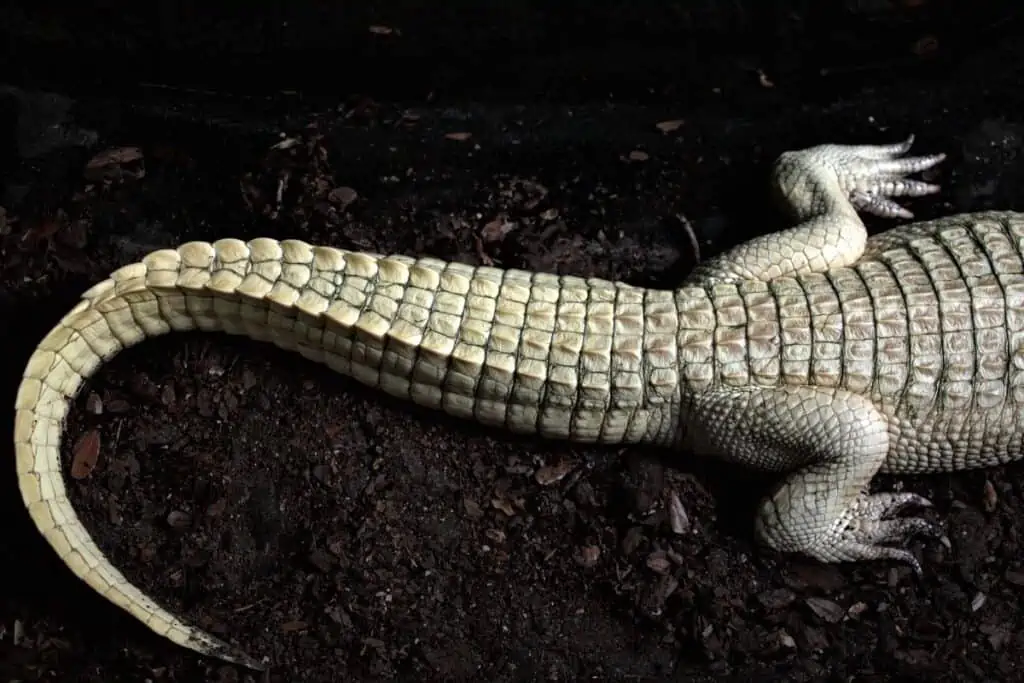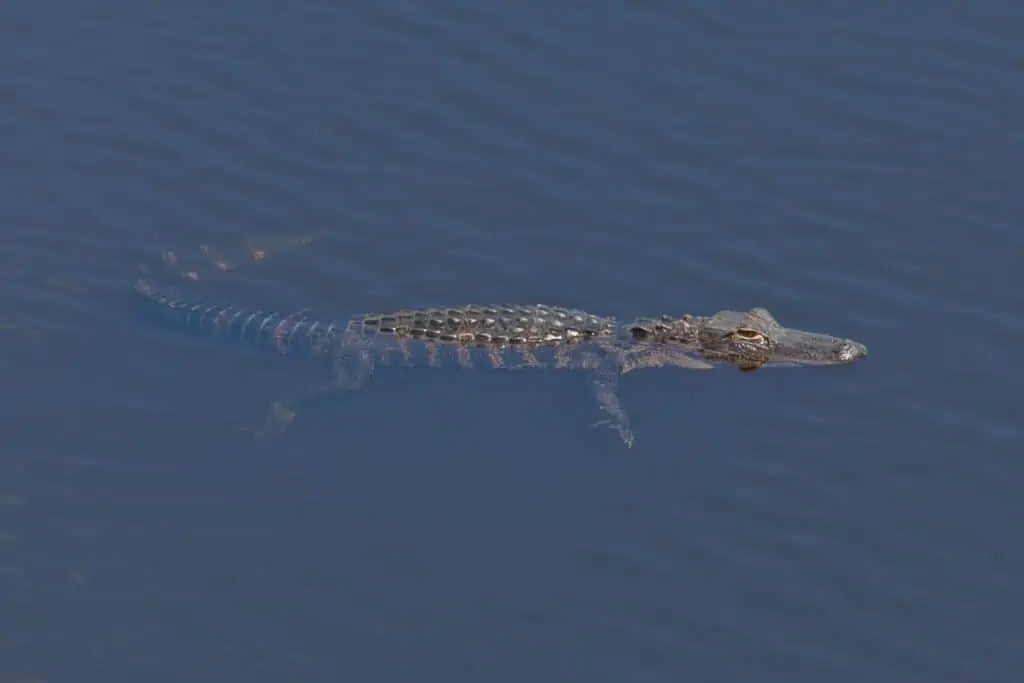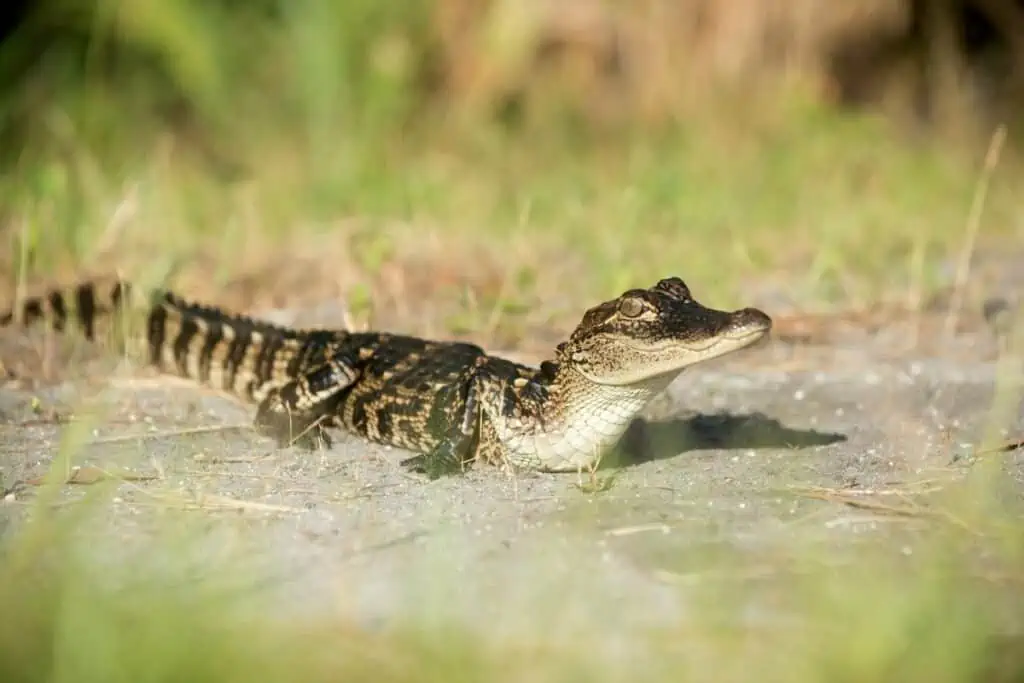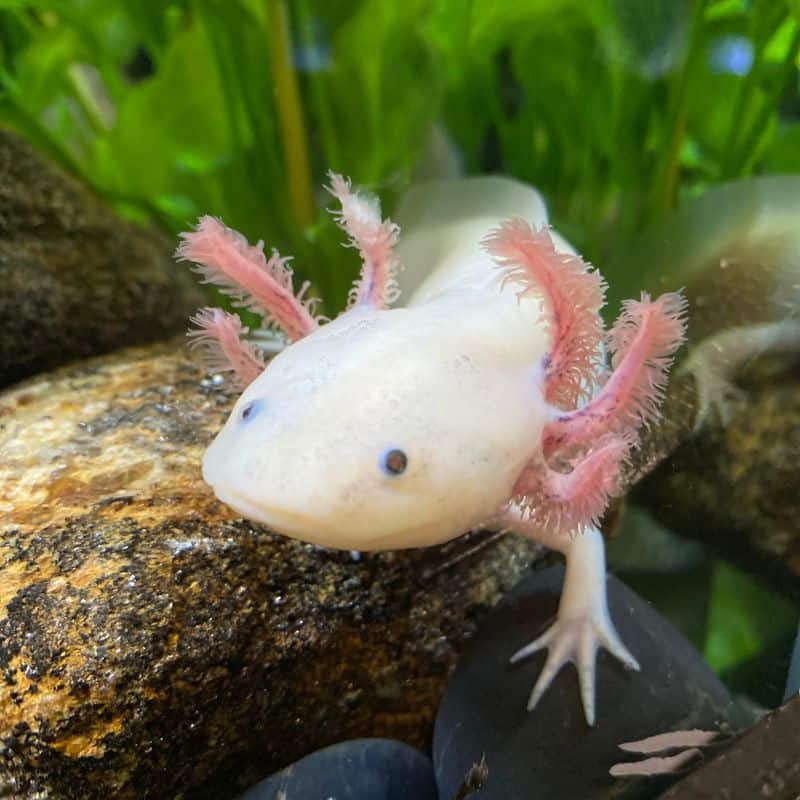Lizards, iguanas, and other reptiles are famous for being able to regenerate a lost tail, but what about one of the largest of all reptiles, the alligator? Can alligators regrow limbs?
Alligators cannot regrow limbs, but young alligators can regrow their tails. It can take 18 months for an alligator to regrow its tail. The new tail will not be stronger than the original because it doesn’t regrow bones or skeletal muscles, but it can still aid survival.
Alligators are apex predators with few natural enemies, unlike smaller reptiles that may have developed this ability to escape more easily.
Let’s look at this phenomenon more closely and see how alligators lose body parts in the first place.

Can Alligators Regrow Limbs?
A recent study has found that alligators can regrow their tails when severed. In the past, most herpetologists thought alligators could not regrow any part of their bodies.
The new tail will not be as strong or straight as the original tail, but it will help them walk or swim better. A study conducted at the University of Arizona found that adolescent alligators can regrow their tail up to 9 inches, around 18% of their body length.
All animals can regenerate some areas of their anatomy, but this is limited in mammals. For example, mammals are not capable of regrowing an entire limb. Still, they can regenerate blood vessels, skin, and minor nerves but can’t regrow full limbs.
Humans can regenerate our livers, for example, but we cannot regenerate more complex tissue, bone, and muscle. We can fuse our bones back together when we break them, and we can regrow skin, but that is about as far as our regenerative abilities go.
Animals like the axolotl can regenerate bone, muscle, and skin, thus fully regenerating a limb.
Alligators fall right in the middle as they can’t regenerate entire limbs. They also can’t regrow their tail with bone and muscle. So instead, they replace the bone and muscle with cartilage, connective tissue, and skin.
How Alligators Use Their Tails

Biologist Adam Rosenblatt (not part of the study) suspects these reptiles have developed this ability because their tail is essential to their survival.
Crocodiles and alligators use their tails to escape larger predatory animals (like other crocs or gators) when they are young.
Adults use their tails to swim fast and silently through the waters to hunt their prey. Without their tail, these reptiles will not be able to hunt effectively or escape when they are in danger.
Can All Alligators Regrow Their Tails?
The study only observed juvenile alligators that have regrown their tails.
Ancestors of alligators, crocodiles, and even birds had regenerative abilities, but it is unclear to what extent.
Birds have lost the ability entirely, but thanks to this new information, it would seem that alligators still have some of their regenerative talents.
There is a lot more research to be done in this regard. Still, this new information can help scientists understand how regeneration works and help us further the research into regenerative medicine for humans.

Does It Take Long For An Alligator To Regrow Its Tail?
Regrowing a limb is a complicated and intricate process. It takes time and enormous energy for an alligator to regrow its tail.
Researchers have indicated that it can take up to 18 months for the alligator to regrow its tail.
The speed at which an alligator regrows its tail is affected by these factors:
- How severely the tail is damaged
- The age and size of the alligator
- The time of year and season
- The overall health of the alligator
These factors play a vital part when an alligator regrows its tail. For example, if an alligator loses its tail with insufficient food or winter, it will take more time to grow. It is because they are prone to go into brumation (the reptile equivalent to hibernation).
Alligators must conserve energy during this time (brumation) to survive the winter.
Alligators need the sun and their surroundings to regulate their body temperature. It complicates the regeneration process because they need enough sun to warm their blood and kickstart their metabolism.
That, in turn, helps their bodies break down their stored energy so they can regrow their tails. So the timing and seasons greatly affect how long it takes for alligators to regenerate their tails fully.
Their tails will also grow back faster if the tail is not severed entirely; for example, if the tip is severed, it should grow back faster than an entire tail.
Is a Tail a Limb?
Generally speaking, a tail is not considered a limb. A limb is widely accepted as an animal’s arm or leg, often weight-bearing, or a bird’s wing. A tail is neither weight-bearing nor a wing, so we cannot classify a tail as a limb.
Tails are generally considered appendages to the body. An appendage is an external body part, or natural prolongation, that protrudes from an organism’s body.
As crocodilian use their tails to propel them through water, an alligator’s tail could be considered closer to a fish’s fin than a limb.
In a broader sense, many people consider the tails of crocodilians, monkeys, and cheetahs to be limbs, as they serve an important purpose in how they survive in their natural habitat.
Without a tail, a cheetah would be unable to catch its prey, and young gators may be unable to escape dangerous predators.
For this reason, we’re just going to use the term interchangeably, even if it is technically incorrect.
What Other Animals Can Regrow Limbs?
Now that we’ve established that alligators can only regrow their tails, let’s take a look at some animals that can regrow other limbs and tails:
Axolotl

The axolotl, a permanently aquatic relative of the tiger salamander, is one of the most well-known animals that can regenerate lost body parts.
If an axolotl loses its tail or a leg, it will grow back. An axolotl can regenerate any lost appendage, including its spinal cord.
Starfish
Starfish are marine invertebrates that can regenerate lost body parts. If a starfish loses an arm, it can grow a new one.
Sometimes, an entirely new starfish can grow from a single severed arm.
Spiders
You’re not alone if you consider spiders creepy crawlies rather than pets. And if you do, this will probably not make them any less creepy.
If a spider loses a leg, it will grow a new one. This process can take several weeks or months and happens when the spider is molting (shedding its exoskeleton).
Lizards
As we mentioned at the beginning of this article, lizards are infamous for being able to shed their tail when they’re in danger and regrow a new one.
It can take a couple of months for them to regrow their tail, but using it as an effective distraction to escape is well worth it.
Final Thoughts On Gator Limb Regeneration
Alligators are now the largest reptile species that can regrow a limb: the tail.
Researchers have only observed the regenerative abilities of juvenile alligators. Still, it showed they could regrow up to nine inches of their tail, which could amount to around 18% of their body length.
Alligators can’t regenerate other lost body parts, like legs, unlike axolotls, starfish, or spiders.
We hope this article has helped shed some light on how young gators can survive even when they’ve lost a tail.
